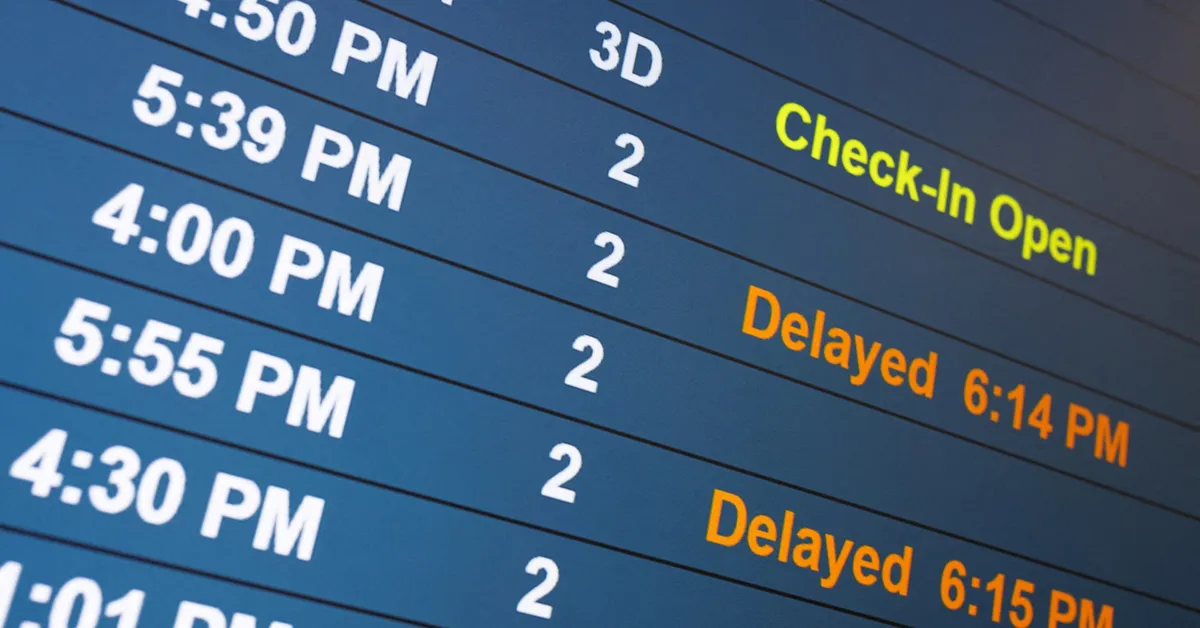
On May 7, the Federal Aviation Administration (FAA) announced immediate measures aimed at resolving ongoing issues that have caused significant flight disruptions at Newark Liberty International Airport since April 28. These disruptions have led to the cancellation of hundreds of flights, prompting both frustration among passengers and concern within the airline industry.
The FAA plans to increase air traffic controller staffing and has introduced three new high-bandwidth telecommunications connections. Additionally, a temporary backup system will be deployed at the Philadelphia Terminal Radar Approach Control, which manages Newark traffic. This move is part of a broader strategy to transition to a more reliable fiber-optic network aimed at improving overall operational efficiency.
In light of the ongoing challenges, the FAA has capped the maximum arrival rate at Newark for the foreseeable future. This rate may be further reduced depending on factors such as staffing levels, weather conditions, or equipment reliability. These decisions are crucial for maintaining safety during a period of heightened operational strain.
The disruptions at Newark have resulted in increased operating costs for airlines and diminished revenue, raising alarms among airline executives. The situation has also sparked outrage among lawmakers, leading to calls for investigations into the air traffic control issues. Airlines may face long-term reputational damage as frustrated customers could choose to fly with competing carriers.
Last year, the FAA transferred control of Newark's airspace to Philadelphia in an effort to alleviate staffing shortages and manage the congested air traffic in the New York City area. Newark has faced numerous challenges, including runway construction, equipment outages, and staffing shortages among air traffic controllers. These issues have prompted urgent appeals from lawmakers for increased funding and support.
Transportation Secretary Sean Duffy highlighted a critical incident on April 28, when controllers lost contact with aircraft at Newark for a troubling 30 seconds. This event heightened concerns about the safety of operations at one of the nation’s busiest airports. In response to these challenges, Chicago-based United Airlines, which operates the most flights from Newark, announced additional cuts of 35 daily flights, representing a 10% reduction in its schedule.
On Monday, the controllers' union clarified that the flight cancellations were not due to a walkout, but rather that many controllers took leave under a law allowing for absences due to injuries or on-the-job trauma. United Airlines, which has historically run around 440 flights daily from Newark, has now reduced its schedule to 293 flights due to ongoing challenges.
Reports from last week indicated that major U.S. airlines have urged the FAA to extend cuts to minimum flight requirements at congested New York City-area airports until October 2027, citing severe staffing shortages among air traffic controllers. The FAA is currently in discussions with airlines regarding potential flight reductions at Newark to enhance performance and operational stability.
In light of these developments, United Airlines' executives have expressed a desire for the FAA to reinstate slot limitations at Newark to better manage air traffic. As the situation evolves, it remains clear that only the FAA can implement the necessary changes to resolve the ongoing challenges at Newark Liberty International Airport.
Reporting by David Shepardson, Editing by Franklin Paul and Philippa Fletcher.